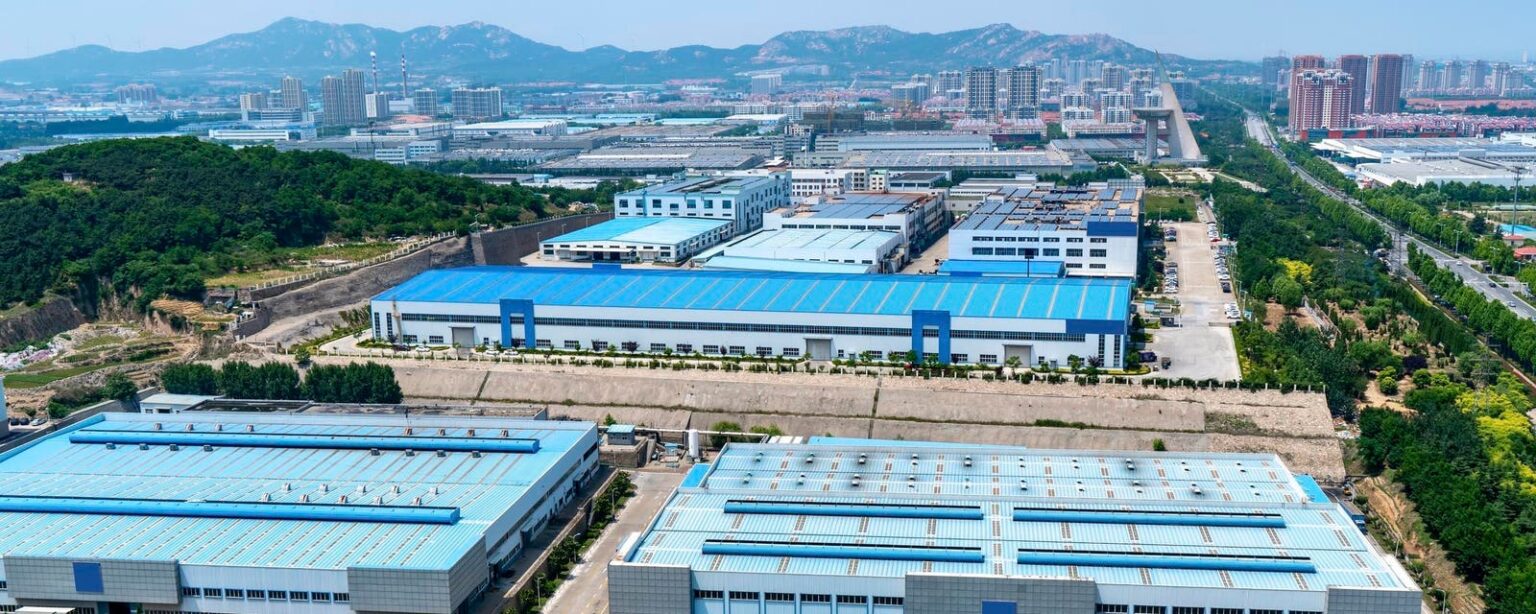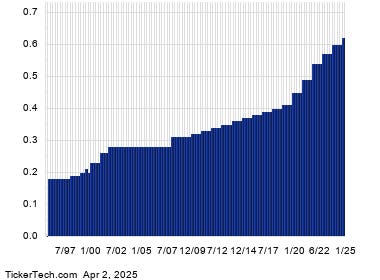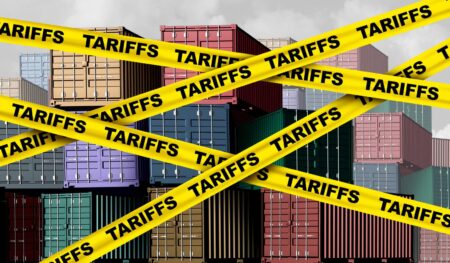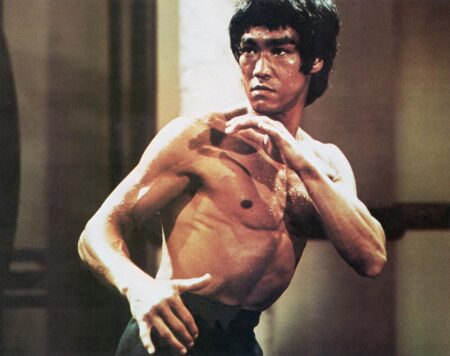Key News
Asian equities rebounded on light volumes following yesterday’s steep sell-off. One media outlet called yesterday “Black Monday” after the US’ 1929 market crash. Meanwhile, Taiwan and South Korea were both up nearly +3%, India and Singapore underperformed, and Indonesia, Malaysia, and Pakistan all continued to be closed for Eid al-Fitr. Hong Kong and Mainland China posted small gains though off intra-day highs as the Shanghai, Shenzhen, Hang Seng, and Hang Seng Tech indexes have all eased back to the February levels.
An astonishing 49% of Hong Kong turnover was driven by Southbound Stock Connect trading as Mainland investors bought a net $2.6 billion worth of Hong Kong-listed stocks and ETFs. The primary beneficiaries of Southbound buying were the Hong Kong Tracker ETF, the Hang Seng China Enterprises ETF, Alibaba, and Xpeng. Yes, volumes were light overnight as investors remain on the sideline in advance of tomorrow’s “Liberation Day,” though it shows how little foreign interest there is in Hong Kong-listed stocks.
Yesterday was quarter-end, though everyone spoke about the year-to-date (YTD) performance of Mainland China and Hong Kong versus the US. How about the 1-year performance number as of quarter-end (in USD terms)?
- Shanghai +11.83% & Shenzhen +14.53%
- Hang Seng +43.89% & Hang Seng Tech +54.76%
- S&P 500 9.23% & Nasdaq 100 7.21%
As our long-time friend Steve would say, these markets are “under-owned, unloved, and in an uptrend.” Today, there were a few market-moving items, which we’ve highlighted below.
The March Caixin Manufacturing purchasing managers’ index (PMI) came in at 51.2 versus expectations of 50.6 and February’s 50.8. This is after yesterday’s “official” survey likewise indicated stronger-than-expected growth in manufacturing in March. See all the headlines on the positive China economic release? Me neither!
Xiaomi fell -5.49% and was Hong Kong’s most heavily traded stock by nearly 3X after a fatal accident involving a SU7 electric vehicle (EV) that reportedly was engaged in autonomous driving. This tragic accident weighed on peers, including BYD, which fell -1.68 %, and the Mainland-listed battery giant CATL, which fell -1.53%, though Xpeng gained +5.58% on reports that unmanned flying vehicles are getting closer to implementation.
After the close, BYD reported selling 377,420 new energy vehicles (NEVs), including fully electric and hybrid electric vehicles, in March. This brings the Q1 total to 1,000,804, up +59.81% year-over-year (YoY), though -34.34% quarter-over-quarter (QoQ). NIO sold 15,039 cars in March, XPeng sold 33,205, Li Auto sold 36,674, and Xiaomi sold 29,000.
Vanke weighed on real estate stocks after reporting a 2024 net loss of RMB 49 billion.
Healthcare was the top sector in both Hong Kong and Mainland China. The Mainland’s most heavily traded stock, Jiangsu Hengrui Pharmaceutical, gained +5.28% after the State-owned Assets Supervision and Administration Commission (SASAC) stated healthcare state-owned enterprises (SOEs) should invest in biotech and the National Medical Products Administration released a paper on supporting medical devices. Remember from the Dual Sessions that raising China’s fertility rate is becoming a bigger focus to tackle demographic challenges.
Huawei reported 2024 financial results. Revenue increased +22.4% YoY to RMB 862 billion, though net profit fell -28% to RMB 62.6 billion.
The Qiushi Journal published an article written by President Xi on the importance of science and technology.
Mainland-listed Luxshare Precision (002475 CH) -1.1% despite chatter that it will relist in HK. This is interesting as the effect of mainland-listed companies relisting in HK would, in the long run, raise China’s weight in MSCI indices.
The US dollar strengthened overnight. As mentioned previously, markets are expecting tariff Armageddon, which might happen, but what if it doesn’t happen or gets rescinded quickly through negotiations?
The People’s Daily had an article yesterday on the follow through on the March 6th State Council’s “Special Action Plan to Boost Consumption”. The Ministry of Finance (MoF) will issue a total of RMB 300 billion worth of ultra-long-term special government bonds to “support the expansion of the old-for-new exchange of consumer goods”. The People’s Bank of China (PBOC) will “implement a moderately loose monetary policy” and create consumer policies focused on “cultural tourism, elderly care, and sports”. The article states another focus area will be “increasing residents’ income as the key to boosting consumption”. While last September’s stimulus announcements led to the market ripping, this statement has had far less of an effect on markets, though arguably it is equally important.
The Hang Seng and Hang Seng Tech indexes gained +0.38% and +0.23%, respectively, on volume that decreased -2.76% from yesterday, which is 149% of the 1-year average. 337 stocks advanced, while 142 stocks declined. Main Board short turnover increased +1.61% from yesterday, which is 148% of the 1-year average, as 15% of turnover was short turnover (Hong Kong-listed short turnover includes ETF short volume, which is driven by market makers’ ETF hedging). Growth, value, and small-cap stocks all outperformed momentum and large caps. The top-performing sectors were Healthcare, which gained +3.56%; Energy, which gained +1.82%; and Utilities, which gained +1.68%. Meanwhile, the worst-performing sectors were Information Technology, which fell -3.88%, and Real Estate, which fell -0.93%. The top-performing subsectors were consumer durables, apparel, and textiles. Meanwhile, technology hardware and household appliances were among the worst-performing subsectors. Southbound Stock Connect volumes were 3x pre-stimulus levels as Mainland investors bought a net $2.6 billion worth of Hong Kong-listed stocks and ETFs, led by the Hong Kong Tracker ETF, which was a very large net buy, the Hang Seng China Enterprise ETF, which was a large net buy, Xpeng, Alibaba, Tencent, and Semiconductor Manufacturing International (SMIC). Meanwhile, Xiaomi, Laopu Gold, and Akeso had moderate net sales.
Shanghai, Shenzhen, and the STAR Board gained +0.38%, +0.35%, and +0.16%, respectively, on volume that decreased -7.25% from yesterday, which is 94% of the 1-year average. 3,671 stocks advanced, while 1,319 stocks declined. Growth, value, and small caps outperformed momentum and large caps. The top-performing sectors were Healthcare, which gained +2.62%; Utilities, which gained +0.92%; and Energy, which gained +0.56%. Meanwhile, the worst-performing sectors were Consumer Discretionary, which fell -1.34%; Financials, which fell -0.7%; and Information Technology, which fell -0.27%. The top-performing subsectors were pharmaceuticals, biotech, and office supplies. Meanwhile, household appliances, internet services, and precious metals were among the worst-performing subsectors. Northbound Stock Connect volumes were slightly above average. CNY and the Asia Dollar Index both fell versus the US dollar. The Treasury curve flattened. Copper and steel fell.
New Content
Read our latest article:
New Drivers For China Healthcare: AI Med-Tech Innovation, Cancer Treatment, & Favorable Balance of Trade
Please click here to read
Last Night’s Performance
Last Night’s Exchange Rates, Prices, & Yields
- CNY per USD 7.27 versus 7.26 yesterday
- CNY per EUR 7.85 versus 7.85 yesterday
- Yield on 10-Year Government Bond 1.81% versus 1.81% yesterday
- Yield on 10-Year China Development Bank Bond 1.85% versus 1.85% yesterday
- Steel Price -0.52%
- Copper Price -0.54%
Read the full article here
















